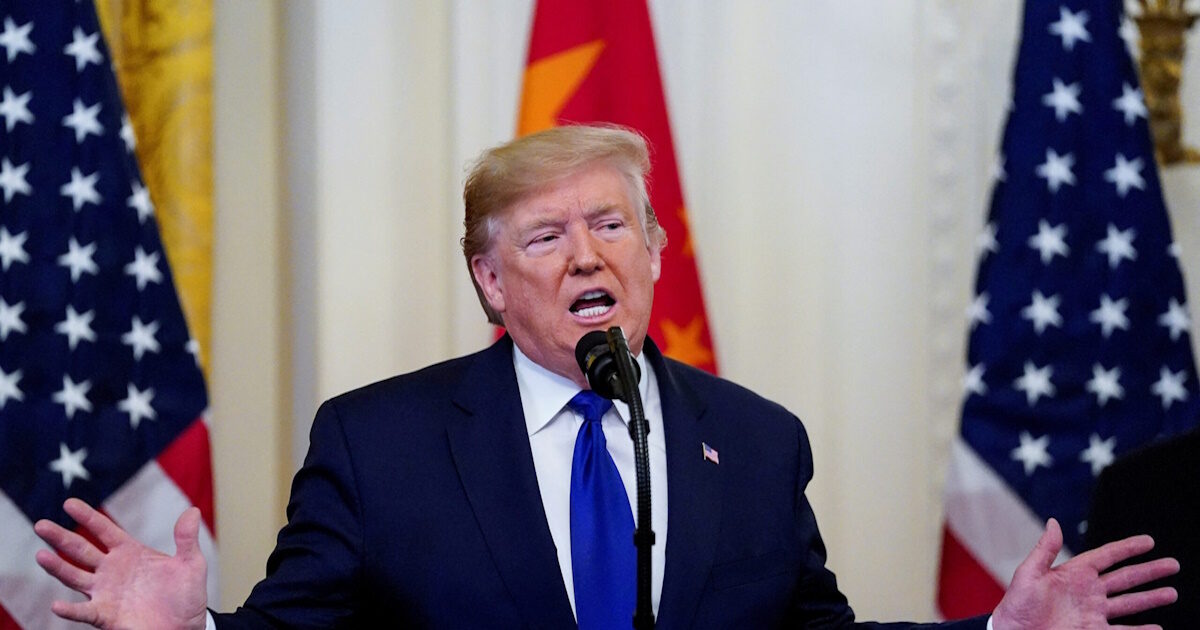In a geopolitical environment of increased tensions and fiscal pressures, the European Union (EU) is in front of a double front that may determine its economic and strategic course for the coming years: escalating defense spending and the negotiation of a trade agreement for their duties with the US.
Although negotiations on duties show indications that they will reach an agreement, with a background and the new NATO member states to increase their defense spending up to 5% of GDP by 2035, the EU faces a harsh reality: The European Defense Industry remains fragmented, with low production capabilities and the absence of critical technologies, especially in areas such as air defense, satellite support and advanced fighters.
This dependence on the US does not go unnoticed by Washington, which utilizes it as a negotiating lever in the field of trade. As Bloomberg, the EU and US revealed, they are in intensive consultations aimed at reaching a temporary trade agreement by July 9, to avoid implementing increased US duties reaching up to 50% in a number of European exports.
The Commission appears willing to accept a single duty of 10% for a wide range of products, provided that there will be exceptions and lower duties in strategic sectors such as medicinal products, semiconductors, alcohol and commercial aircraft. At the same time, it seeks to remove or mitigate 25% on cars and 50% on steel and aluminum – measures imposed unilaterally by the Trump government and are affecting exports of more than 380 billion euros.
The connection of defense dependence to commercial relationships is not theoretical. European Council President Antonio Costa has clearly stated that “as we buy more US weapons, we balance trade and pave the way for a new deal.” He even argued that Europe’s decision to take more responsibility for its defense essentially satisfies the main demand of the US, so the terms of agreement are more mature than ever.
However, not everyone shares this optimism. Emmanuel Macron, for example, insists on the need to strengthen the European Defense Industry, believing that public defense expenditure of the Member States must be primarily directed to European companies. Even more intense was the politicians’ attitude in Denmark, where some MPs described the US weapons market as a “risk to national security”, with the backdrop of Trump’s report to possible annexation by Greenland.
The reality, however, does not leave much room. As Bloomberg points out, the European industry does not have the technological competence nor the productive potential to meet the needs of ambitious equipment design. As SAAB and Finnish Insta executives admit, even if there is a shift to European weapons systems, it will not be able to fill the gap at critical points, such as air blocking, anti -missile protection and satellite guidance systems.
In the commercial field, the EU is alleged to prepare two retaliation lists in the event that the negotiations do not succeed: a € 21 billion worth of politically targeted US states (eg Louisiana products, agricultural and agricultural goods), and a second -rate of bourgeoisie, and a second -rate of bourgeoisie,
EU Commerce Chief Maros Sefsovic is expected to go to Washington for the final round of negotiations, with the European Commission considering scenarios ranging from an asymmetric but acceptable agreement until the complete collapse of talks. The latest possibility, which includes US departure and a horizontal increase in duties, is treated seriously, with the Commission looking for additional restrictive measures, such as export controls or public procurement exclusions.
